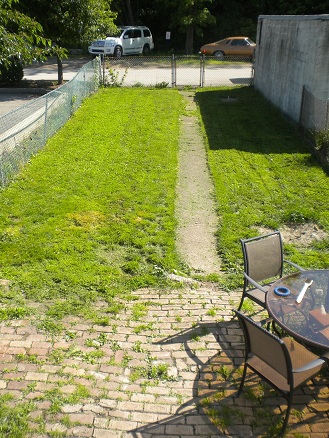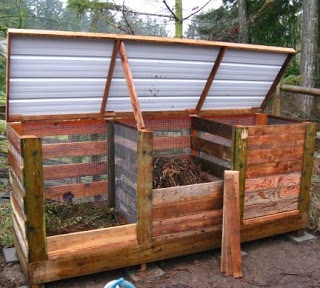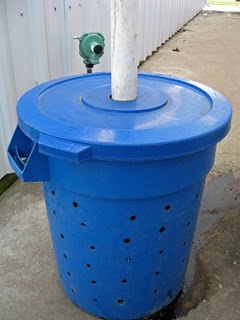I don’t talk about sustainability enough on this blog. The rub of having your masters in sustainability and opening a green business in a city brimming with eco-stewards is that you get all talked out at a certain point. When you finally do sit sit down to blog, you want to talk about anything else. This space has become an outlet for all the stuff I love but don’t get to talk about all day: running and food!
“I feel like I need to commit more time to talk about green living.”
I hate that I even typed that. What I mean is: I need to commit more time to talk about going beyond green living, into real sustainability. By no means am I looking down on people who are into green living or use that phrase. Green is good…great even. I wish everyone would embrace green lifestyle choices and for the most part, people are pretty happy to jump on the good karma band wagon. BUT. And I don’t want to sound pompous when I say this, BUT…to me, the phrase green living has very little meaning. The phrase itself doesn’t demand self-awareness. It seems so passive, almost implying that we simply go through our lives and buy products labeled “green” or “eco-friendly” and recycle when it’s convenient and then bask in the awesomeness of our green living. Understanding sustainability requires us to look beyond packaging and promotions and marketing and our own behaviors/attitudes; it requires us to consider things like social equity and our waste streams and broader systemic implications than just our purchases. It requires us to think and ask questions and demand answers and improve. It requires us to walk the walk. In that spirit, I plan on having more of those conversations in this space. 🙂
We are smack dab in the middle of what I like to call “crunch time” at the new house. We’ve got an appraisal coming up so we need to make sure that the remodel is 100% completed by early next week. It has really been a struggle to find some kind of balance, but with or without balance this train isn’t slowing down! I have started to think beyond what is happening now, trying to plan how I will tackle my new enormous yard. I have so many ideas, but it’s challenging for me to figure out which ones are realistic based on my level of experience and the fact that I have 2 oaf-ish dogs.I grew up in a small house nestled smack dab in the middle of an acre of land in the suburbs. I am used to having air to breathe, trees, and room to wander. For the last 5 years, I’ve had to leave my house to find any of those things, but that is about to change in a big way (see below)! I mean, if the zoning requirements were different in this borough I could have an self-sufficient farmette with the yard we are moving into. They don’t allow that in West Homestead however, and green my thumb is not.
Before May, my goal is to have a recycling center set up, an herb garden planted, a vegetable garden prepped, some kind of rain harvesting set up, and I will make a composter. Ambitious, no?
The sky is really the limit as far as composting options go, but after a series of trails and errors I have a general idea of what I want.
I don’t think I’m ready for something quite this permanent yet, but ideally this is what I would like to work up to once I know how I want the yard set up:
To begin, I think I like the one below because it seems like it would be easy for someone with very little interest in using a shovel, rake, or biceps.
If I’m unable to get any cooperation from Christina, I may end up with something a little less fancy like this:
I’m shocked at how much less garbage we put out each week when our kitchen scraps get diverted to make compost! It’s a gratifying feeling when you make something productive {fertilizer} from literal garbage without spending much money. Composting is one of the simplest examples of a feedback loop. We have an endless supply of food waste, which will eventually become an endless supply of fertilizer, which will eventually become an endless supply of vegetables, which then turn back into food waste. That simple model is at the core of sustainability: consider how a system works, analyze factors that effect it, and then find a way to close the loop/act on the process to get a beneficial outcome.
Do you compost?
What kind of system works for you?











